Description
Typically, the leaves and shoots are eaten boiled or in stews. The leaves form an important part of diets in Southern Africa, while in Thailand the leaves are a popular food item fermented with rice water as a pickle known as phak sian dong.
Nutritional analyses have found it to be high in certain nutrients including beta-carotene, folic acid, ascorbic acid and calcium. It also contains vitamin E, iron, and oxalic acid. Generally, the leaves are about 4.0% protein. The leaves also have antioxidative properties that can help with inflammatory diseases.
Because of its anti-inflammatory properties, it is sometimes used as a medicinal herb.
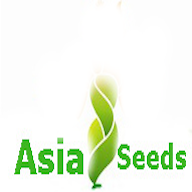
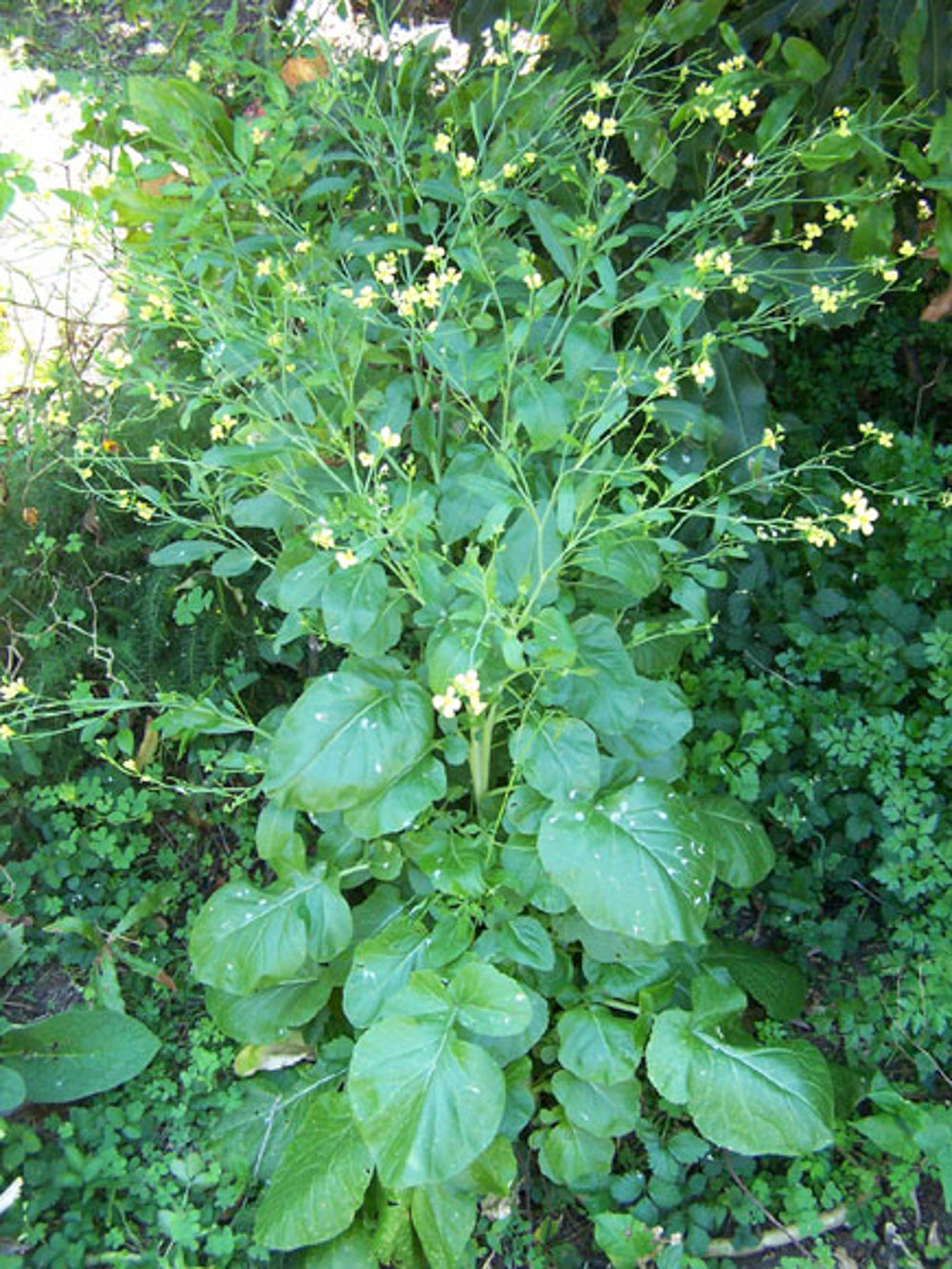
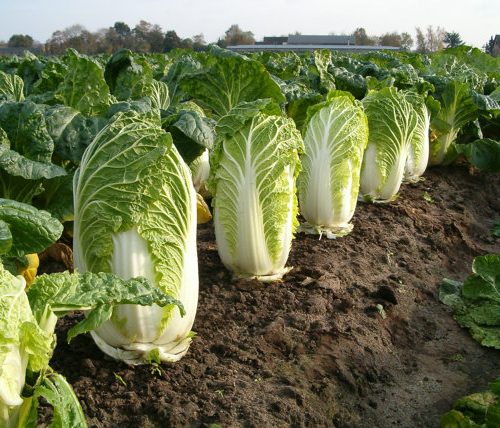
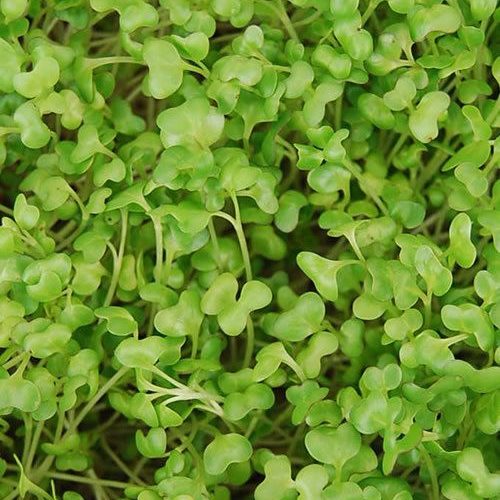
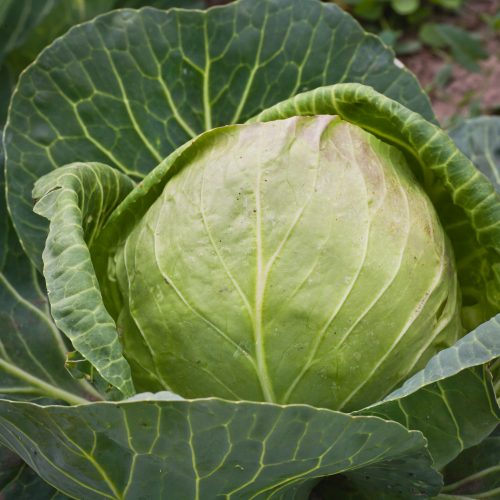
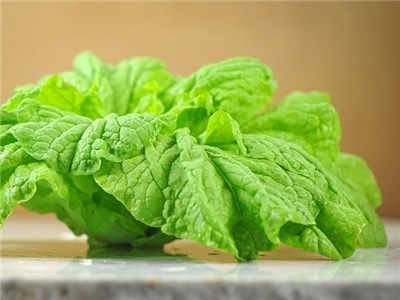
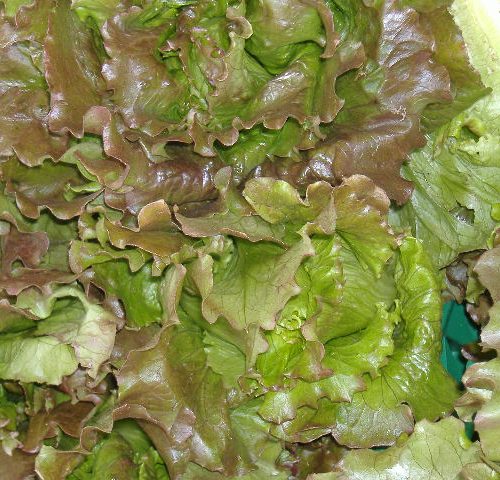
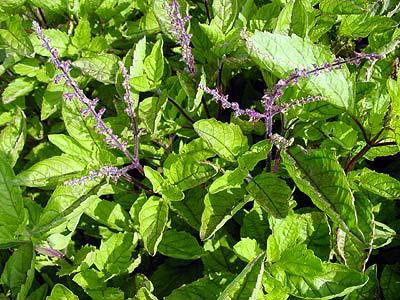
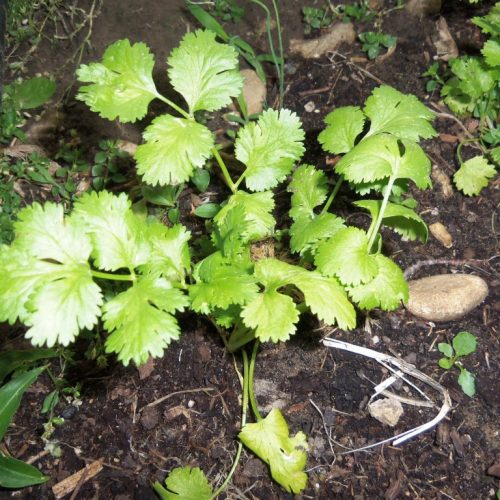
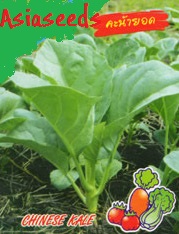
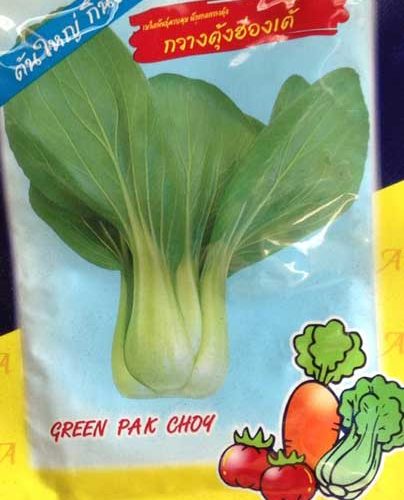
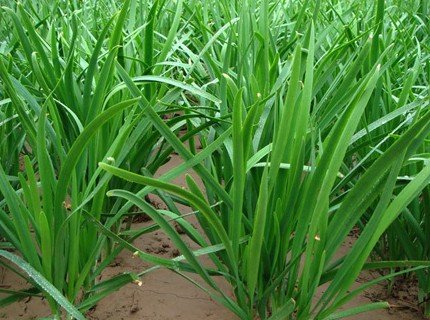
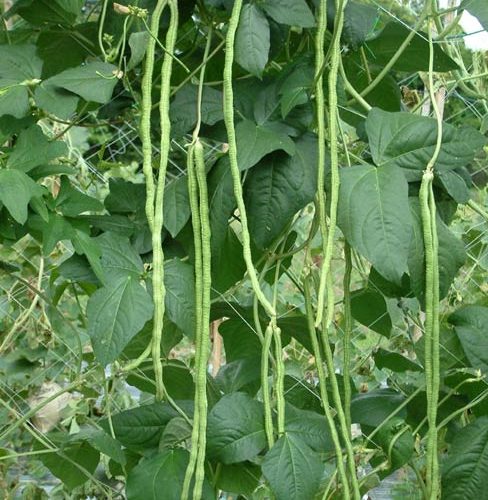
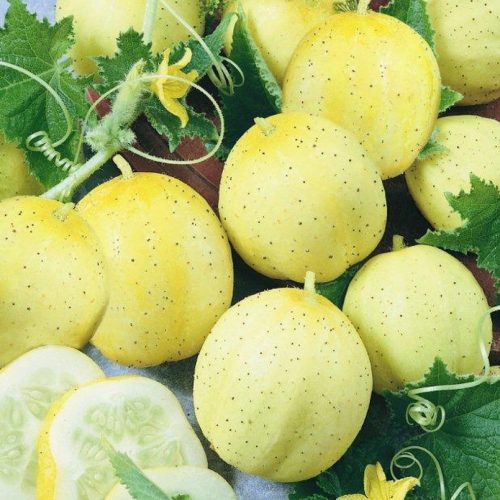
Reviews
There are no reviews yet.